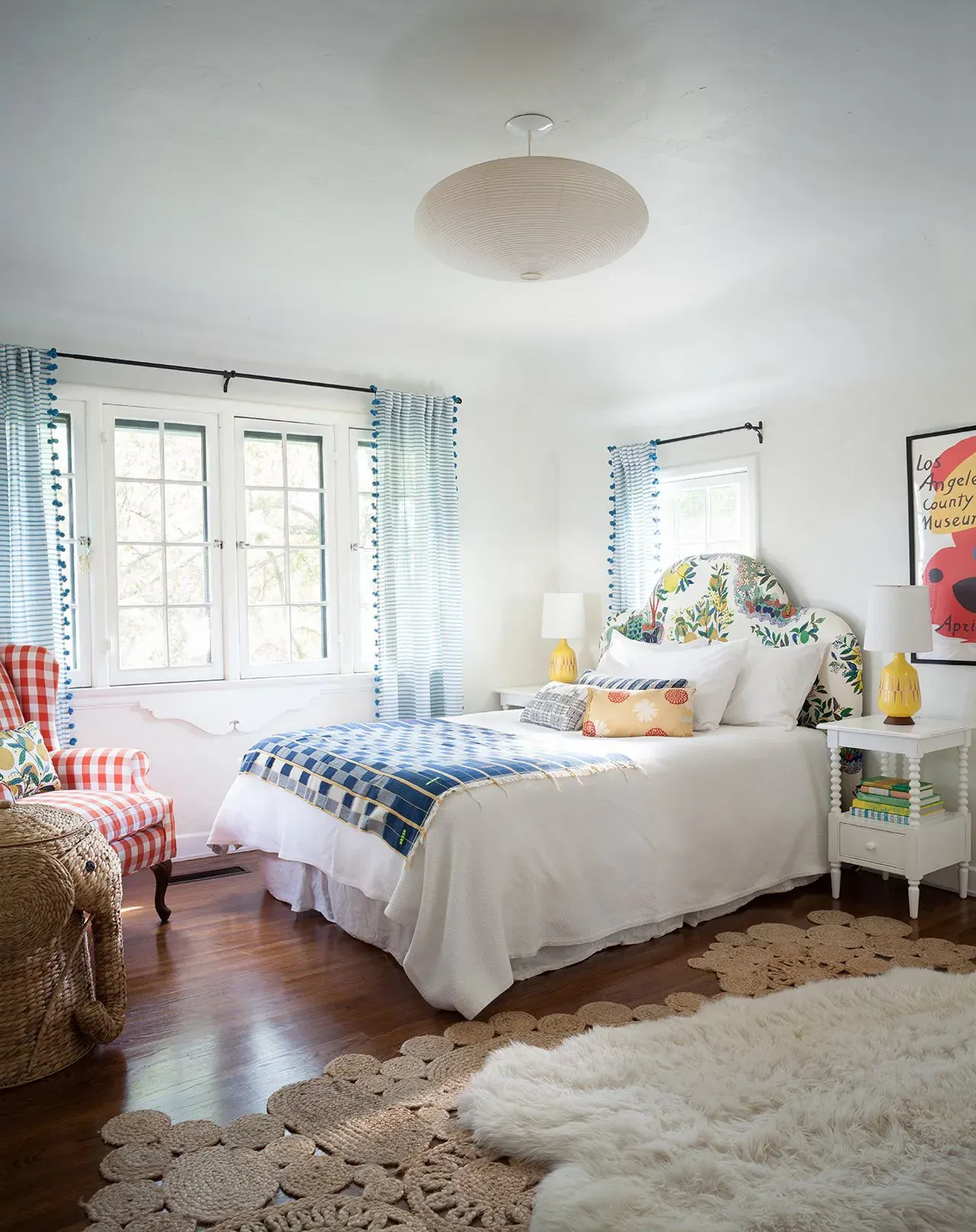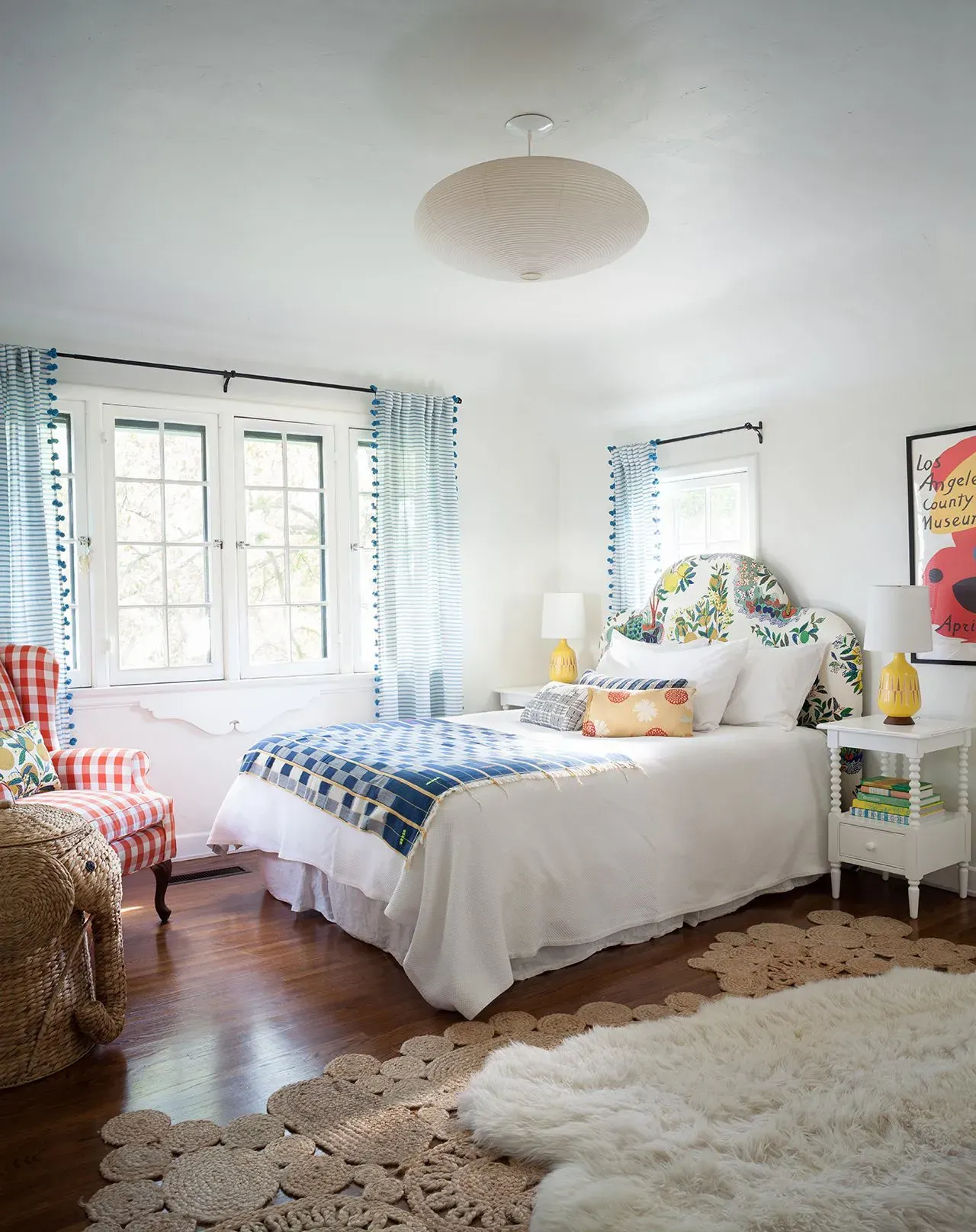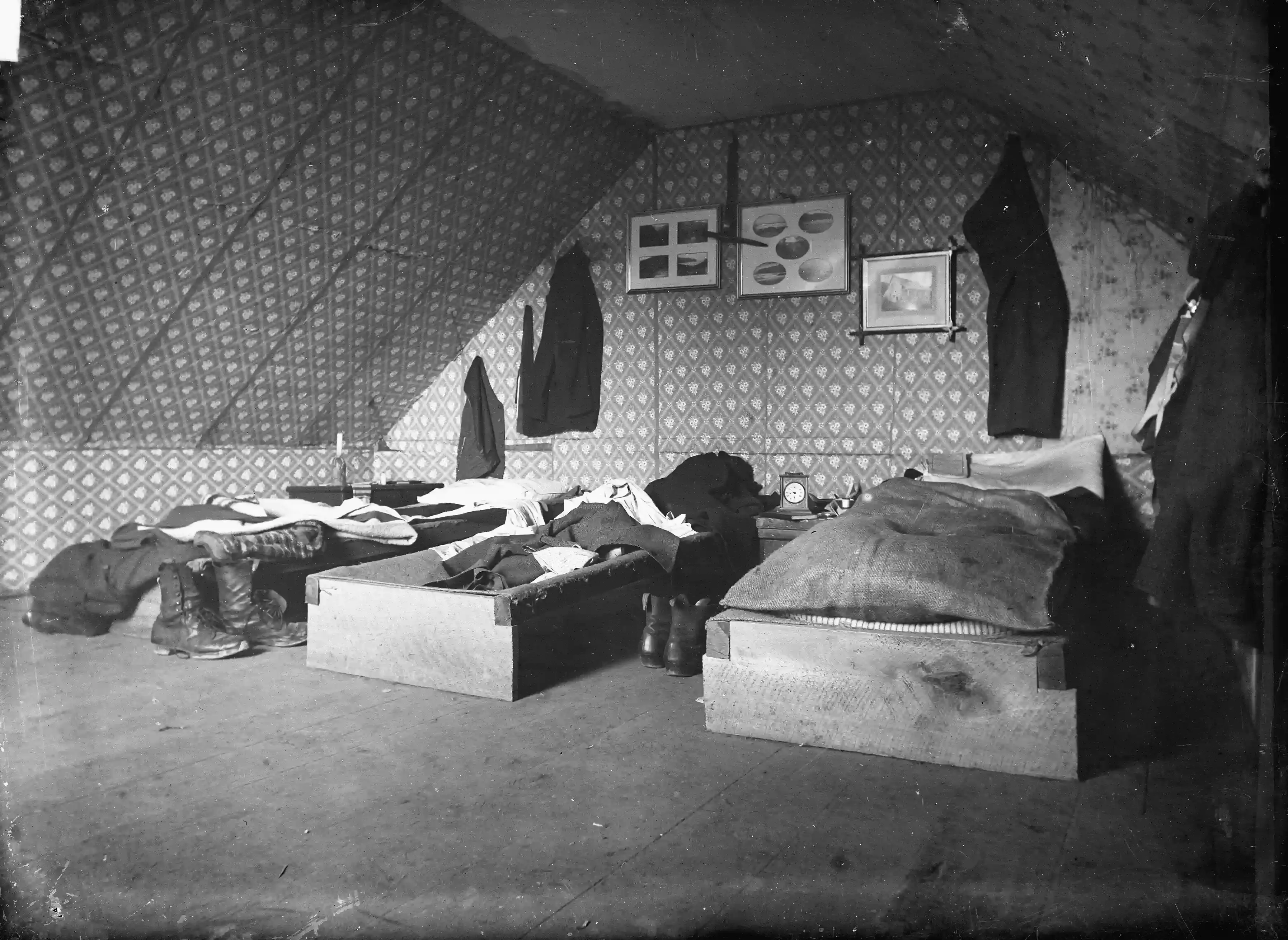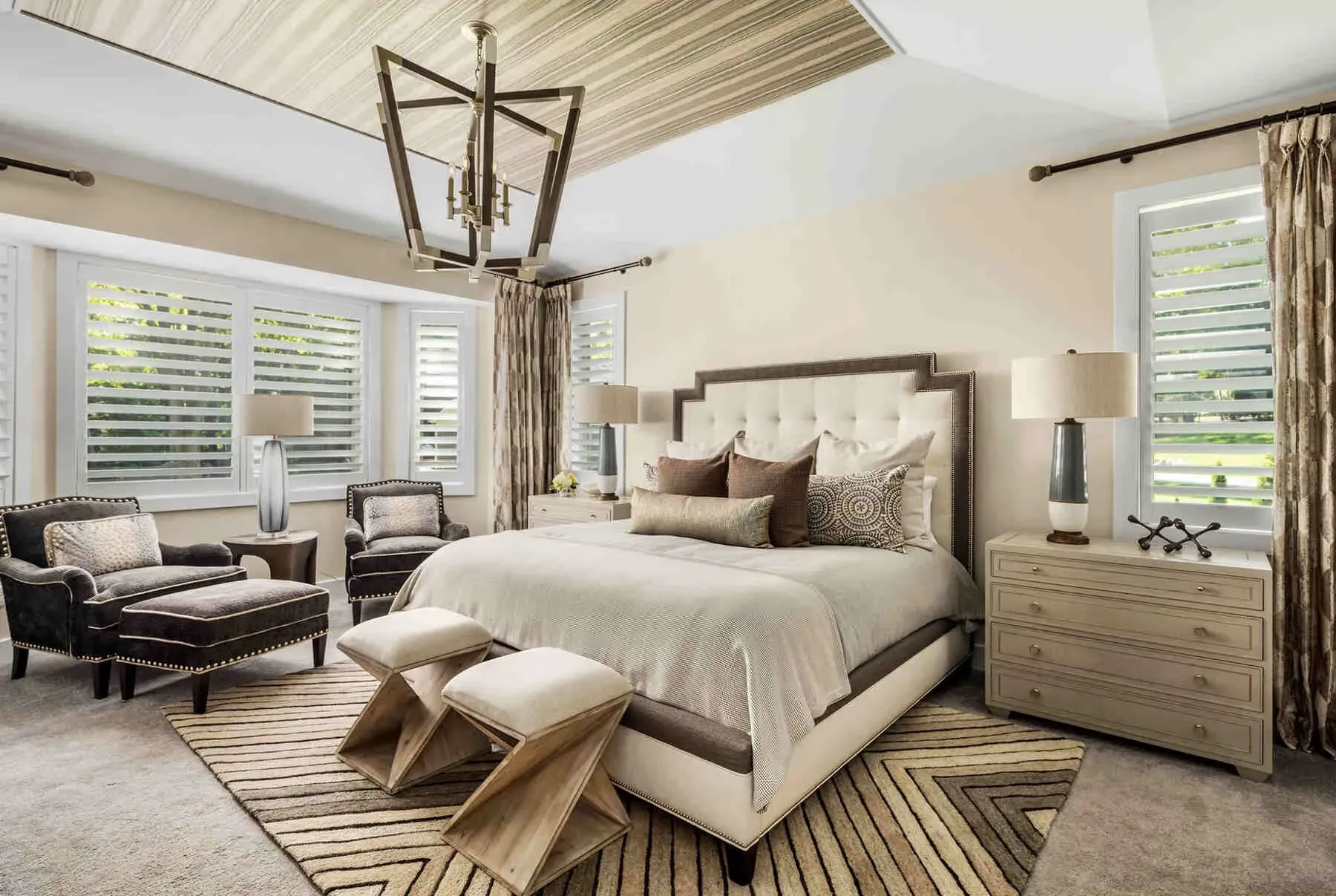Table of Contents
Ever walk into a bedroom and feel like you need a GPS just to navigate around the dresser? Or maybe yours feels less like a peaceful retreat and more like a furniture storage unit? You're not alone. Getting the right bedroom furniture arrangement can feel like solving a spatial puzzle, especially when dealing with awkward corners, limited square footage, or just too much stuff. A poorly planned layout doesn't just look cluttered; it messes with the flow, makes the room less functional, and honestly, can just be annoying.
Planning Your Ideal Bedroom Furniture Arrangement
Planning Your Ideal Bedroom Furniture Arrangement
Start with the Blueprint: Measure Twice, Move Once
let's be real. You can't just eyeball this stuff. The absolute first step in Planning Your Ideal Bedroom Furniture Arrangement is grabbing a tape measure and getting down to business. Note down the length and width of the room. Don't forget the weird bits – alcoves, chimney breasts, anything that juts out or is recessed. Crucially, mark where the windows, doors, and closets are. Measure their width and note how far they are from the corners and the floor. This isn't just busywork; it prevents that classic moment where your new dresser blocks the closet door entirely. Sketch a simple floor plan on graph paper or use an online tool if you're fancy. Representing the room to scale is essential.
Assess What You Have and What You Need
Before you start dreaming of where everything will go, take stock of your existing furniture. Measure each piece: the bed frame, dresser, nightstands, desk, armchair, whatever is currently in or destined for the room. Jot down the length, width, and height. Think about how you actually use the room. Is it just for sleeping? Do you read in bed? Need a spot for yoga? Work from home sometimes? Identifying these functions helps determine which pieces are non-negotiable and which might need a new home. This isn't about wishful thinking; it's about facing the reality of your stuff and your habits.
- Measure room dimensions (length, width, height).
- Note location and size of windows, doors, closets.
- Measure all existing furniture pieces.
- List essential activities performed in the bedroom (sleeping, reading, working, etc.).
- Consider the size and scale of furniture relative to the room.
Prioritize Flow and Function
With your measurements and inventory in hand, it’s time to think about flow. How do you walk into the room? Where do you go first? You need clear pathways to the bed, closet, and bathroom (if en-suite). Aim for at least 2-3 feet of clearance for main traffic routes. The biggest piece, usually the bed, dictates much of the layout. Consider its placement first, keeping access to nightstands in mind. Then, layer in dressers and other storage. Are drawers easy to open? Can you access everything without shuffling furniture? Planning Your Ideal Bedroom Furniture Arrangement hinges on making the room functional, not just aesthetically pleasing.
Positioning the Bed: The Core of Any Bedroom Arrangement
Positioning the Bed: The Core of Any Bedroom Arrangement
Finding the "Command Position" for Your Bed
so you've got the measurements and a handle on your stuff. Now for the main event: the bed. Think of the bed as the anchor, the undisputed heavyweight champion of your bedroom furniture arrangement. Where you put it dictates pretty much everything else. The classic advice, often borrowed from Feng Shui principles, is the "command position." This means the bed should be placed so you can see the door without being directly in line with it. Ideally, it's on the wall opposite the door or on a diagonal. Why? It's about feeling secure and in control of your space. You don't want to be startled by someone walking in, and you want a clear view of who's entering. It just feels right, like you're ready to greet the day (or just stay in bed).
Dealing with Windows, Doors, and Awkward Walls
Sometimes, the "command position" is a pipe dream because your room has more doors and windows than wall space. Don't despair. If you can't place the bed on the main wall, consider the longest uninterrupted wall. Avoid placing the headboard directly under a window if possible; it can feel drafty or expose you to too much morning light unless you have blackout curtains. Placing the bed against a wall with a window off to the side is usually fine. Also, try not to push the side of the bed against a wall if you can help it. You want easy access to both sides for making the bed, getting in and out, and having nightstands. A little space around the bed makes the whole bedroom furniture arrangement feel much more open.
Bed Placement Checklist:
- Can you see the door from the bed? (Ideal: Command Position)
- Is the headboard against a solid wall? (Preferable)
- Is there space on both sides of the bed? (Aim for 2-3 feet if possible)
- Is the bed blocking a window or door? (Avoid this)
- Does the placement allow for easy traffic flow around the room?
Arranging Dressers, Nightstands, and Storage
Arranging Dressers, Nightstands, and Storage
Alright, the bed's locked in. Now for the supporting cast: the dressers, nightstands, and any other storage units you've got lurking. These pieces are crucial for keeping clutter under control and adding functionality, but their placement in your bedroom furniture arrangement needs careful thought. Nightstands, obviously, go next to the bed. Aim for them to be roughly the same height as your mattress for easy access to lamps, books, and that late-night glass of water. Dressers typically sit against a wall, ideally the longest one remaining after the bed is placed. Make sure there's enough clearance in front of drawers to actually open them fully without hitting the bed or another piece of furniture. Don't forget vertical storage like tallboys or shelving; these can be lifesavers in smaller rooms, drawing the eye up and maximizing usable space without eating into the floor plan.
- Place nightstands beside the bed, ideally mattress-height.
- Position dressers against the longest available wall.
- Ensure enough space to open drawers and doors (at least 2-3 feet).
- Consider tall or narrow storage to utilize vertical space.
- Keep pathways clear around all storage units.
Maximizing Space with Smart Bedroom Furniture Arrangement Ideas
Maximizing Space with Smart Bedroom Furniture Arrangement Ideas
Think Beyond the Basic Bedside Table
so you've got the bed sorted and maybe a dresser squeezed in. But what about those awkward corners or the space under the window? Maximizing Space with Smart Bedroom Furniture Arrangement Ideas means getting clever. Instead of just a standard nightstand, maybe you use a small chest of drawers that pulls double duty for socks or books. Or perhaps a floating shelf if floor space is non-existent. Consider furniture with hidden storage – beds with drawers underneath are game-changers, freeing up valuable dresser real estate. Ottomans that open up? Perfect for extra blankets or clutter you don't want guests to see. It's about making every piece work harder than it looks.
Go Vertical: When Floor Space is a Luxury
If your bedroom feels more like a shoebox than a sanctuary, the only way is up. Seriously. Maximizing Space with Smart Bedroom Furniture Arrangement Ideas often involves utilizing vertical space. Swap that wide, low bookshelf for a tall, narrow one. Install floating shelves above your dresser or even around the top perimeter of the room for displaying decorative items or storing less-used things in nice boxes. Wall-mounted bedside tables free up floor space next to the bed, making the room feel less crowded. Think about how high you can go without needing a ladder for daily access. This simple shift in perspective can make a surprisingly big difference in a tight bedroom furniture arrangement.
Space-Saving Furniture Options:
- Beds with built-in drawers or lift-up storage
- Narrow or tall dressers and chests
- Floating shelves or wall-mounted storage units
- Ottomans or benches with hidden storage
- Desks that fold down from the wall
- Nightstands with multiple drawers or shelves
Making Your Bedroom Layout Work
Getting your bedroom furniture arrangement right isn't some mystical art; it's a practical exercise in making the most of what you have. It's about ensuring you can walk across the room without bumping into things, finding what you need when you need it, and creating a space that actually feels like a place to unwind, not just sleep. A well-thought-out layout can genuinely change how you use and feel about your bedroom, proving that sometimes, the simplest shifts make the biggest difference.
